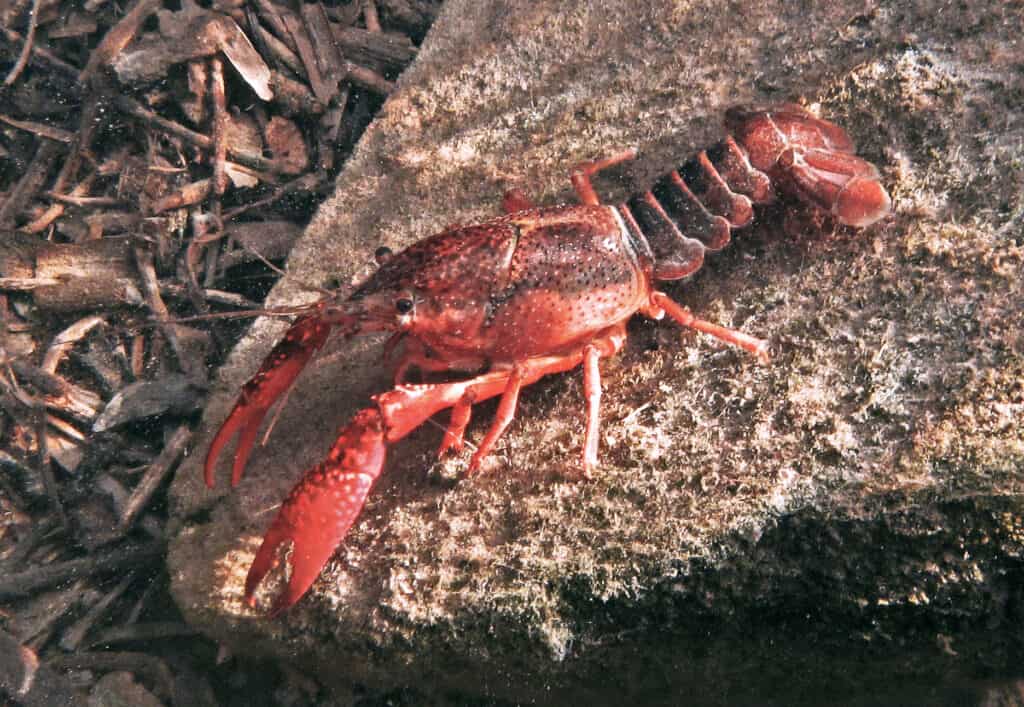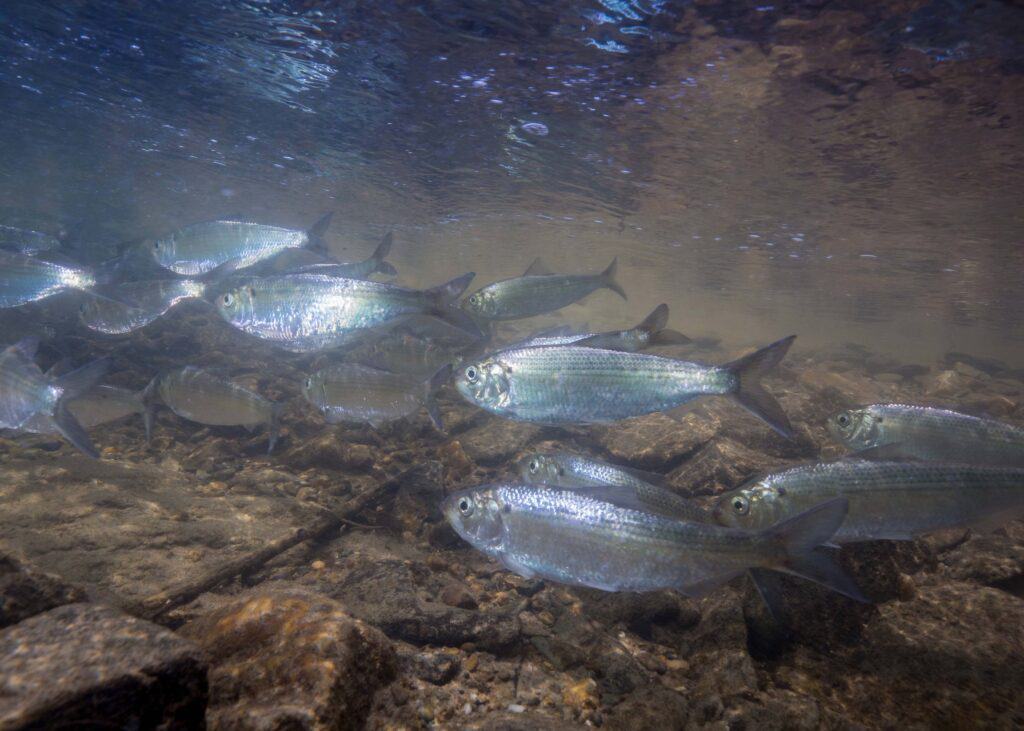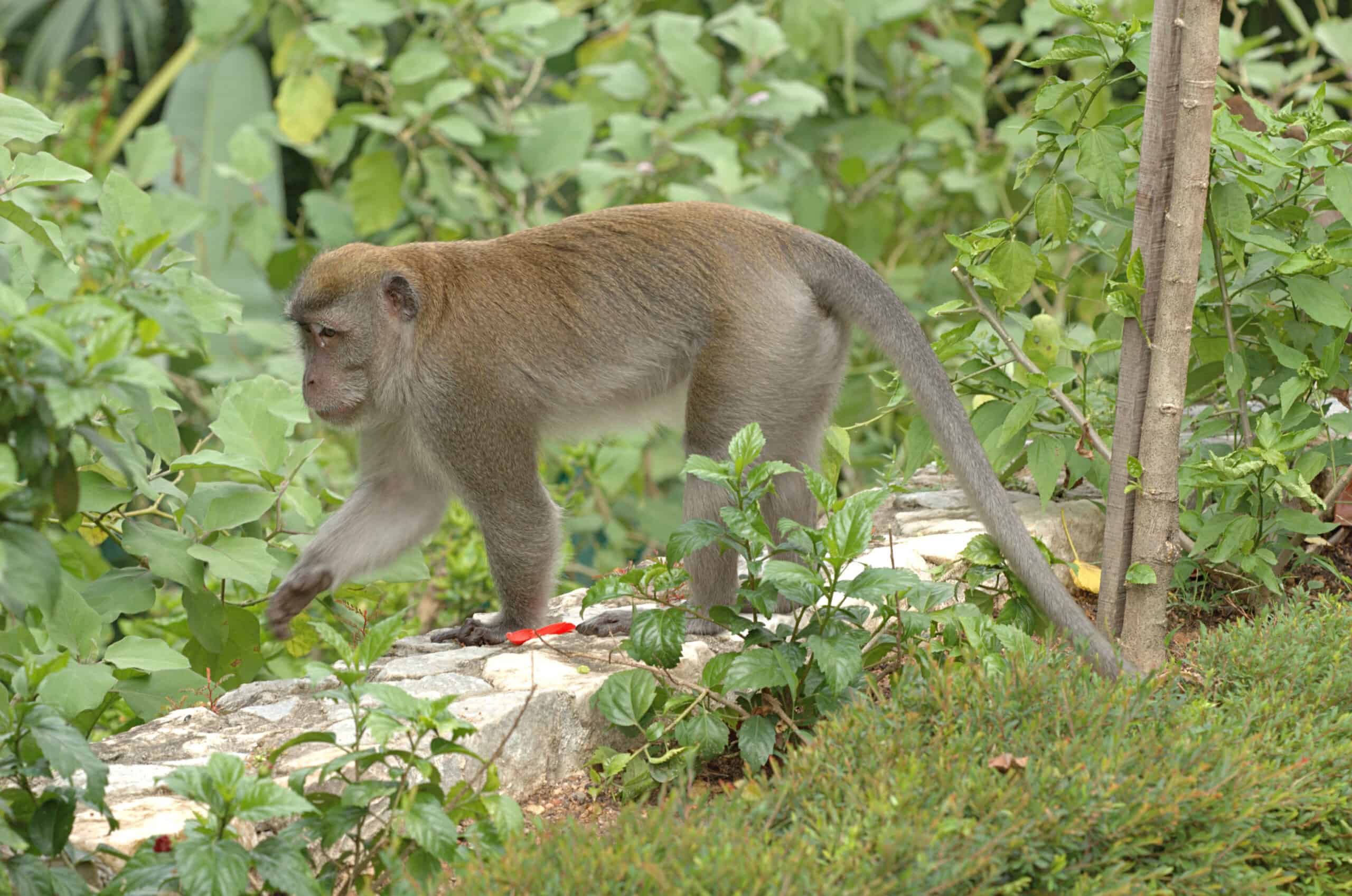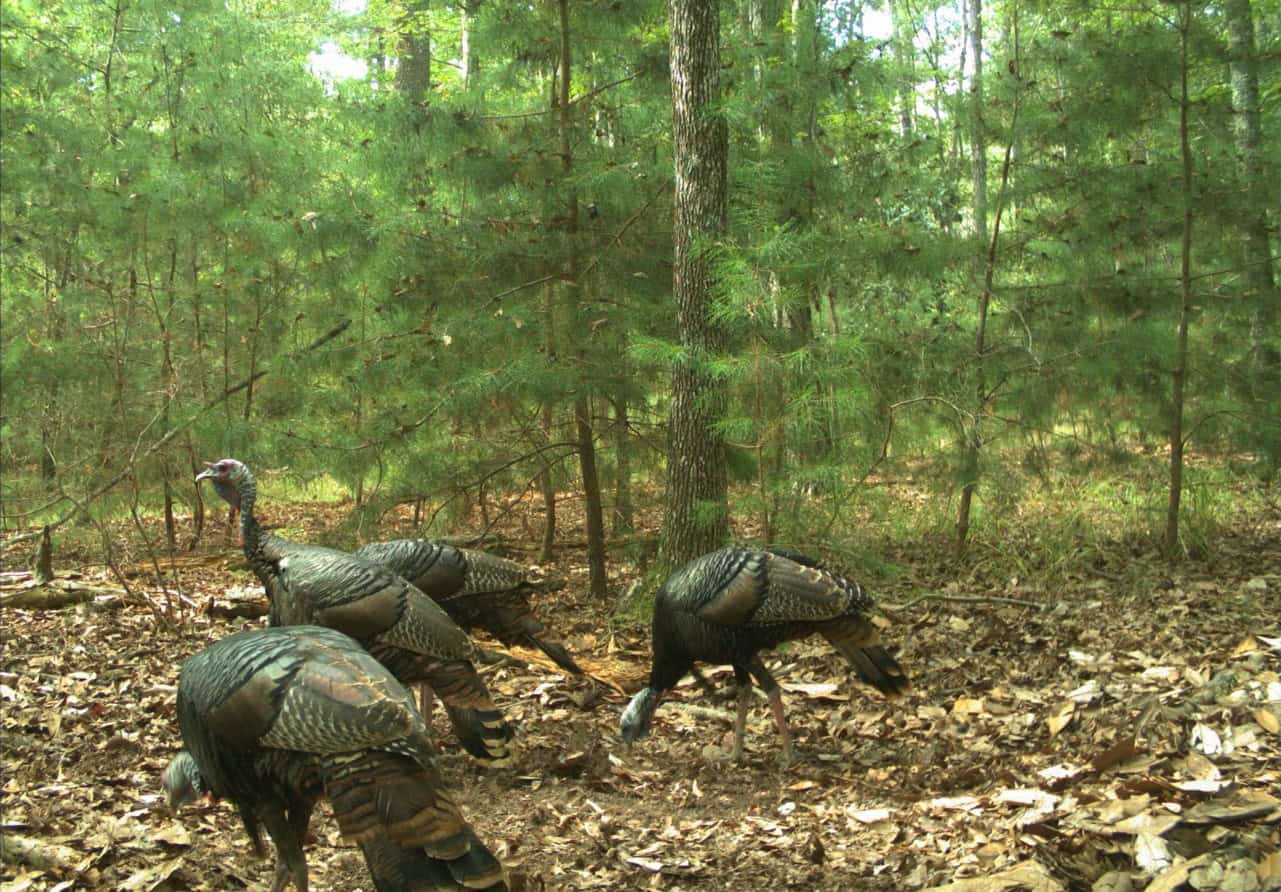Share this article
Wildlife Featured in this article
- Burmese python
- Black and white tegu
- Crab-eating macaque
- Alewife
- Zebra mussel
- Red swamp crayfish
Which species will invade Florida next?
Researchers explored species around the world that could get a foothold in the state
Red swamp crayfish, zebra mussels and even crab-eating macaques top the list of species that could invade Florida if there’s no prevention.
The state’s warm, swampy conditions are conducive to a number of nonnative wildlife species—including Burmese pythons (Python bivittatus) and black and white tegus (Salvator merianae)—that already have become established after being released as pets or entering the state by other means.
Hoping to prevent nonnative wildlife from forming local populations, researchers decided to use a horizon scan—a technique to identify potential threats or opportunities.
“Folks have been doing this for years but not typically in the natural resources area,” said Deah Lieurance, an assistant professor of invasive species biology now at Penn State University. “It’s been used in biomedical technology, business, and other industries.”

An assistant professor at the University of Florida at the time, Lieurance was conducting risk assessments and status assessments for nonnative plants that were proposed to be introduced to Florida or were already there. Often, she found, nonnatives were already established before managers could take action.
“I would get frustrated because it never seemed like we were on the right side of prevention efforts,” she said. But when she learned about horizon scanning, which looks for potential threats that haven’t yet appeared, she thought it could help managers prepare for the unexpected.
In study published in Ecosphere, Lieurance and her colleagues tried to determine what species around the world might thrive in Florida ecosystems but aren’t established there yet. Combing through lists of plants, vertebrates, invertebrates and marine species, they came up with 460 species that hadn’t been found in the state but had climate matches there, and they ranked them based on their likelihood to arrive, establish, spread and have negative impacts.

Among the top species were crab-eating macaques (Macaca fascicularis), a species of monkey raised for research in a Florida captive-breeding facility. “That particular species got the highest score for arrival because all it would take is some sort of catastrophic event to release the species, and then they will be out there,” Lieurance said. The macaques also had a high score for potential impact on the environment due to their ability to disrupt food webs and spread potentially dangerous diseases to both humans and wildlife.
Other top potential invasives included aquatic species like alewife (Alosa pseudoharengus), zebra mussels (Dreissena polymorpha) and red swamp crayfish (Procambarus clarkia).
The team also uncovered likely pathways, such as pet aquariums and terrarium releases.

The study is already being used for mitigation efforts. The team is helping managers consider potential invasives amid Everglades restoration work, and it’s helping the U.S. Geological Survey integrate the framework into national early detection and rapid response programs—programs that could aid in national biosecurity measures. The team is also conducting a horizon scan for potential invasives in Puerto Rico and the U.S. Virgin Islands.
But the model is just “a snapshot in time,” Lieurance said. The team recommends revisiting the list periodically to keep up with how climate change may alter the list of potential invasives and incorporate other emerging threats.
Header Image: Crab-eating macaques are one of the top four species that could potentially become invasive in Florida. Credit: UF/IFAS photo by Gary Houston








